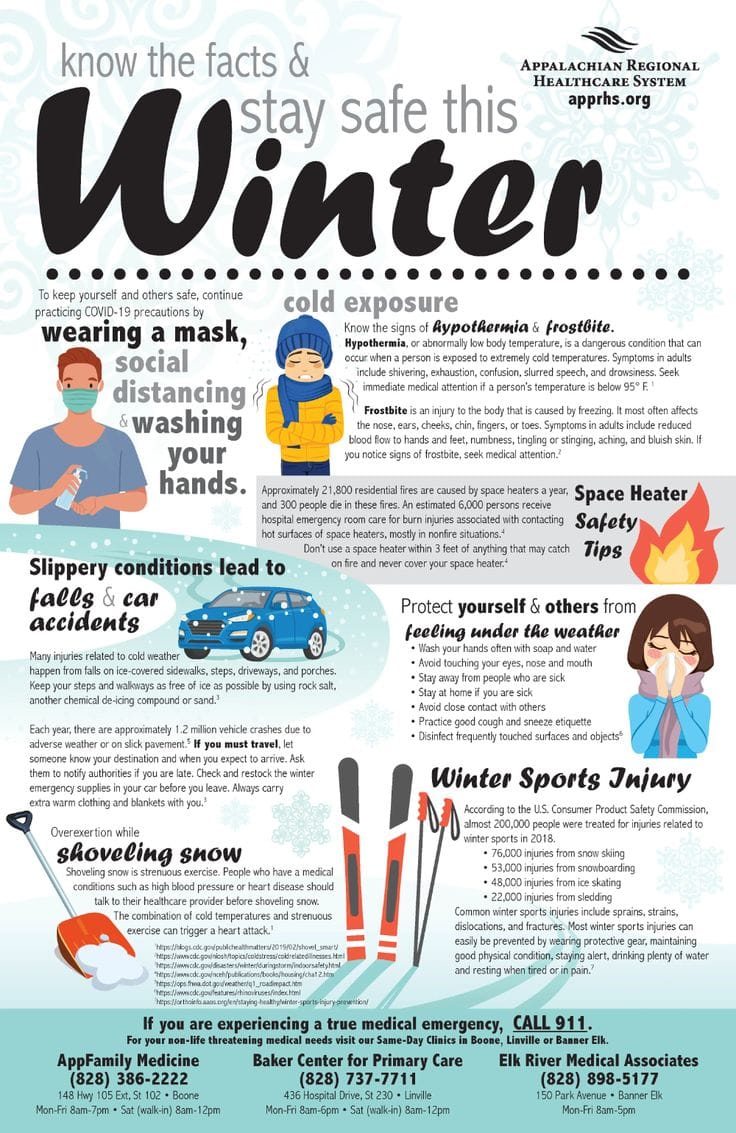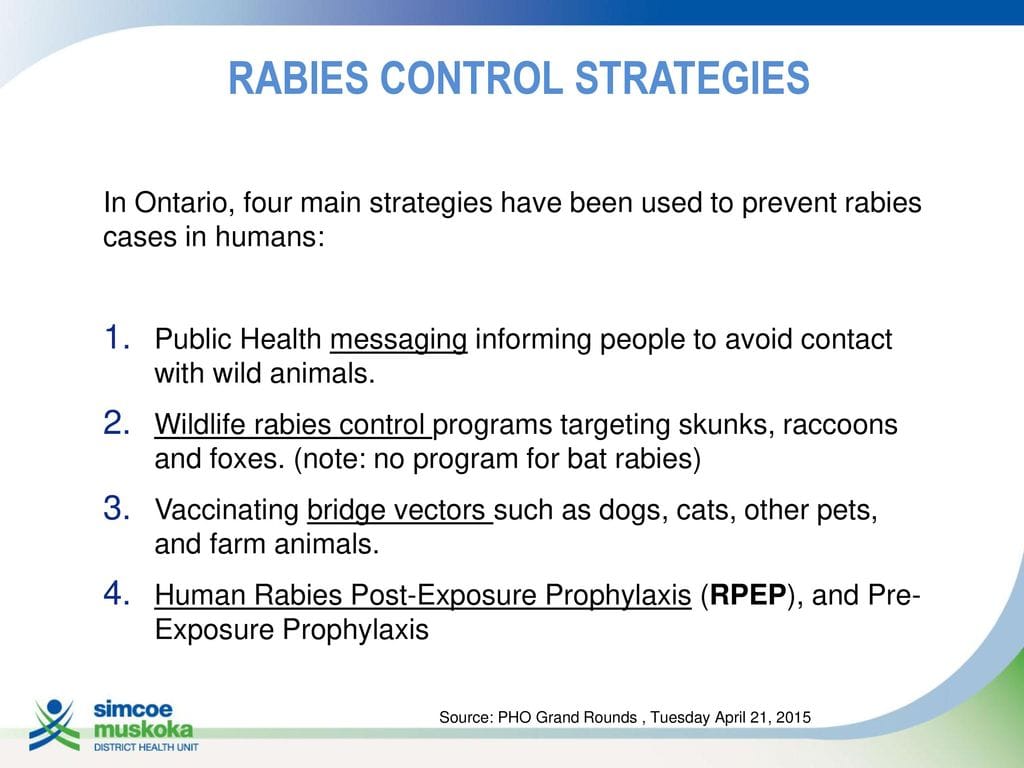As the winter season approaches, public health experts are increasingly concerned about the possibility of a quaddemic, a term that refers to the simultaneous outbreak of four significant viral illnesses: influenza, COVID-19, respiratory syncytial virus (RSV), and norovirus. This unprecedented situation has prompted health officials to closely monitor the spread of these viruses across various regions, as they pose a substantial threat to public health and could overwhelm healthcare systems already strained by ongoing challenges.
Influenza has long been a seasonal concern, with its prevalence typically peaking during the colder months. However, the resurgence of COVID-19, particularly with the emergence of new variants, has complicated the landscape of respiratory illnesses. In addition to these two viruses, RSV, which primarily affects young children and the elderly, is also making headlines this winter. Norovirus, known for causing gastroenteritis, adds another layer of complexity to the public health response.
Recent data indicates that flu activity is already rising in several regions, with health departments reporting an uptick in hospitalizations and positive test results. The Centers for Disease Control and Prevention (CDC) has noted that flu cases are starting to outpace those from previous years at this time, raising concerns about the potential for a more severe flu season. Health officials are urging individuals to get vaccinated against the flu, as vaccines have been shown to reduce the severity of illness and hospitalizations.
Simultaneously, COVID-19 remains a significant concern, particularly with the colder months leading to more indoor gatherings. The CDC has highlighted the importance of booster vaccinations, especially for vulnerable populations. New variants of the virus continue to emerge, and health experts are closely monitoring their spread. Communities are being advised to remain vigilant, practicing preventive measures such as wearing masks in crowded settings and maintaining good hand hygiene.
RSV has also seen a notable increase in cases, particularly among infants and young children. This virus can lead to severe respiratory illness, and pediatric hospitals are reporting higher-than-usual admissions due to RSV infections. Parents are encouraged to be aware of the symptoms and seek medical attention if their children exhibit signs of severe respiratory distress. Public health officials emphasize the importance of protecting vulnerable populations, including the elderly and those with underlying health conditions, from RSV and other respiratory viruses.
Norovirus, often referred to as the “winter vomiting bug,” is another illness that tends to spike during the winter months. It spreads easily in crowded environments, such as schools and nursing homes, and can lead to outbreaks that disrupt communities. Health officials are reminding the public to practice good hygiene, including frequent handwashing and proper food handling, to minimize the risk of norovirus transmission.
Given the overlapping seasons of these viral illnesses, public health experts are urging communities to be proactive in their response. Vaccination campaigns are essential for flu and COVID-19, while education on RSV and norovirus prevention is crucial. Health departments are working to provide resources and information to help individuals and families understand the symptoms of these illnesses and when to seek medical care.
As the winter months progress, the potential for a quaddemic raises significant concerns for healthcare systems already facing challenges. Hospitals are preparing for increased patient volumes and are urging the public to take preventive measures seriously. The importance of vaccination, public awareness, and community cooperation cannot be overstated in mitigating the impact of these viruses.
In conclusion, the warning of a quaddemic this winter highlights the need for vigilance and preparedness among the public and healthcare providers alike. By understanding the risks associated with flu, COVID-19, RSV, and norovirus, individuals can take informed steps to protect themselves and their communities. Public health officials continue to monitor the situation closely, providing guidance and resources to help navigate the complexities of this winter’s viral landscape.



